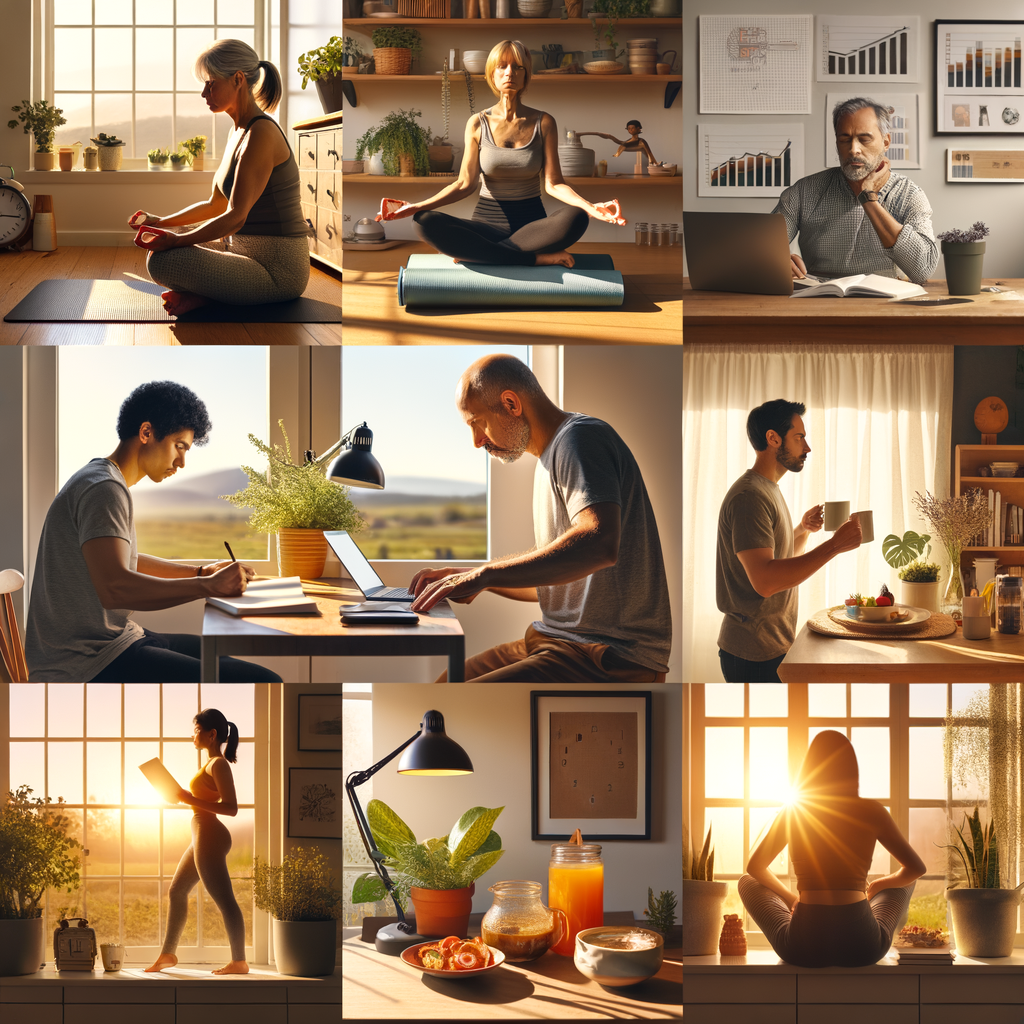Building Resilience and Mental Wellbeing while Working from Home
The shift to remote work has become a defining feature of modern employment, challenging individuals to adapt to this new landscape. Amidst the comforts of home, the need for resilience and mental wellbeing has never been more paramount. This blog will explore effective strategies, fostering a supportive environment for both personal and professional growth.
The Importance of Resilience in Remote Work
Resilience is defined as the ability to bounce back from adversity, uncertainty, and stress. In a remote work setting, this skill can significantly influence productivity and overall job satisfaction. However, fostering resilience is not merely a reaction to stress; it is a proactive approach to maintaining mental strength.
Understanding Challenges of Working from Home
While working from home offers flexibility and comfort, it also presents unique challenges, such as:
- Isolation from colleagues, leading to a lack of support.
- Difficulty separating personal and professional life.
- Increased distractions from family members or household chores.
- Technological issues, including connectivity and software problems.
Strategies for Enhancing Resilience
To cultivate resilience, consider integrating the following strategies into your routine:
1. Establish a Dedicated Workspace
Creating a distinct workspace can enhance focus and productivity. This space should be free from distractions, equipped with the necessary tools to facilitate your work tasks efficiently. An organized workspace can also help signal the brain that it is time to work, thus promoting a productive mindset.
2. Adopt a Structured Routine
A well-defined daily routine provides a sense of normalcy and predictability. Consider implementing the following:
- Set consistent work hours.
- Schedule regular breaks to recharge.
- Allocate time for meals and physical activity.
3. Foster Virtual Connections
Maintain relationships with colleagues by fostering virtual connections. Regular check-ins through video conferences, team chats, or social virtual events can combat feelings of isolation and reinforce team cohesion.
4. Engage in Mindfulness Practices
Mindfulness practices, such as meditation or deep-breathing exercises, can reduce stress and enhance focus. Allocating just a few minutes each day to practice mindfulness can have a profound impact on your emotional state.
5. Prioritize Physical Wellbeing
Physical health significantly impacts mental wellbeing. Engaging in regular physical activity helps to alleviate stress and improve mental clarity. Aim for at least 30 minutes of exercise daily, which can include:
- Walking or jogging outdoors.
- Yoga or stretching exercises.
- Home workout routines utilizing online platforms.
Creating a Supportive Work Environment
It is vital that both organizations and individuals nurture a supportive work environment. Some steps to consider include:
1. Encourage Open Communication
Create an environment where employees feel comfortable expressing their concerns and challenges. Regular feedback and open dialogues can establish trust and understanding.
2. Offer Resources for Mental Health
Organizations should provide access to mental health resources, such as:
- Counseling services.
- Workshops on stress management.
- Access to wellness apps.
3. Foster Work-Life Balance
Encouraging employees to maintain a healthy work-life balance is essential. Implement flexible policies that allow for adjusted work hours or remote work options to accommodate personal needs.
Conclusion
Working from home poses distinct challenges but also affords individuals the opportunity to cultivate resilience and improve their mental wellbeing. By implementing structured routines, maintaining social connections, and fostering a supportive work environment, individuals can navigate this transformation successfully. As we continue to adapt to this new way of working, prioritizing resilience and mental health is not only beneficial but necessary for thriving in a remote work landscape.
There you have it… See what works for you…
Campbell M Gold
To Create Health, Wealth, Success, and Longevity through the Power of Your Subconscious Mind, Visit: Campbell M Gold.com
Visit The Store and see what else can be of help
Blog Index



















